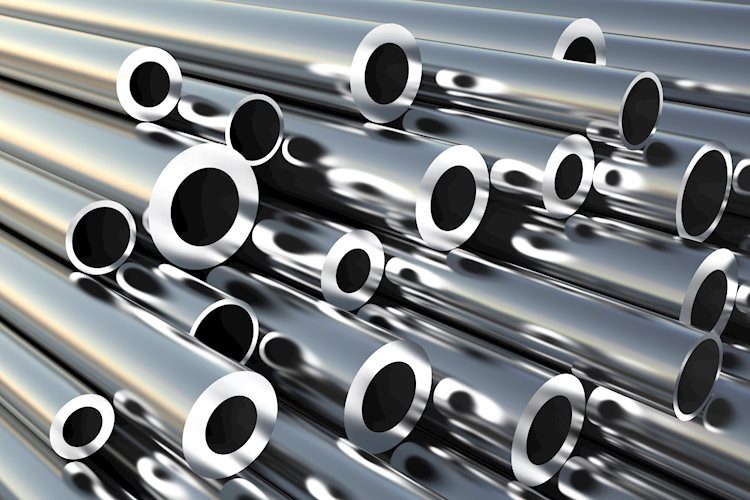The Aluminium price saw a significant increase last week, outperforming other LME metals with a 7.5% rise. This surge was attributed to hopes of rapid interest rate cuts in the US, according to Commerzbank’s commodity analyst Barbara Lambrecht. Concerns over the supply side also played a role in the price hike, as the futures price for alumina, a key intermediate product for Aluminium production, rose on the Shanghai Future Exchange due to a decline in inventories. Despite the recent increase, prices on the alumina market have started to fall again, leading to a slight dip in Aluminium prices today.
Despite the positive outlook for Aluminium, with limited capacity expansion in China and strong demand prospects in the medium term, analysts believe that prices may have risen too quickly in recent days. This has led to a depletion of upside potential in the short term, prompting a slight decrease in Aluminium prices after a period of rapid growth. While overall forecasts for Aluminium remain optimistic, factors such as supply concerns and the pace of recent price increases are causing some experts to urge caution in predicting future price movements.
The sharp spike in Aluminium prices can be traced back to dramatic fluctuations in alumina prices, which have a direct impact on the overall cost of producing Aluminium. Rising alumina prices have previously driven up Aluminium prices, only to fall back down once the market stabilizes. This pattern has repeated itself in recent months, leading some experts to believe that the current rise in Aluminium prices may not be sustainable in the long term. As the market continues to adjust to changing supply and demand dynamics, investors are advised to closely monitor price movements and be prepared for potential volatility.
While Aluminium remains a popular choice for industries undergoing transformation processes, such as the automotive and construction sectors, concerns over supply chain disruptions and global economic uncertainties could impact future demand for the metal. The ongoing trade tensions between the US and China, combined with geopolitical risks in key Aluminium producing regions, pose additional challenges for the market. As such, investors are advised to consider these factors when making decisions about Aluminium investments and to be prepared for potential shifts in market conditions.
In conclusion, the recent surge in Aluminium prices has been driven by a combination of factors, including supply concerns, demand prospects, and global economic conditions. While the overall outlook for Aluminium remains positive, some experts caution that the rapid price increase may not be sustainable in the long term. Investors are advised to closely monitor market developments and be prepared for potential fluctuations in Aluminium prices as the market continues to adjust to changing dynamics. By staying informed and proactive, investors can make well-informed decisions about their Aluminium investments and navigate potential risks in the market.










